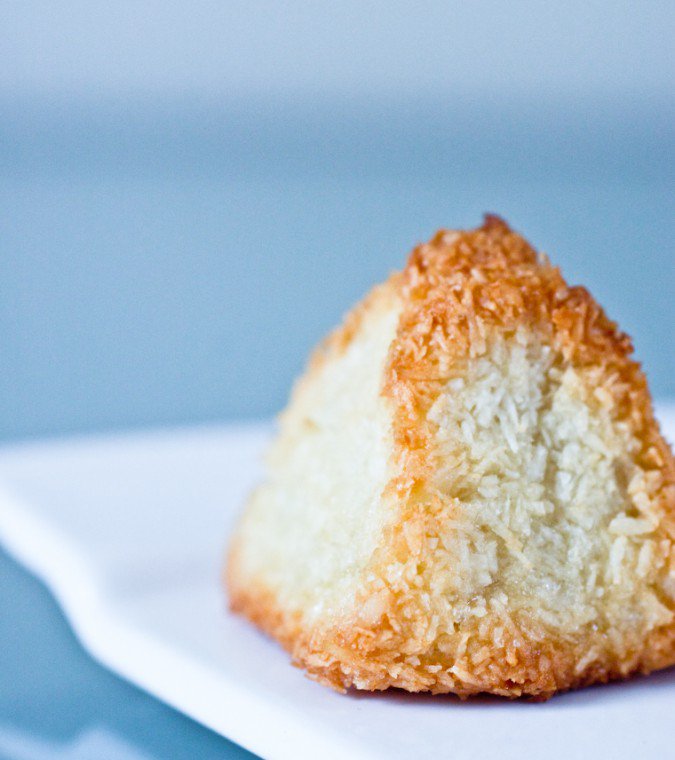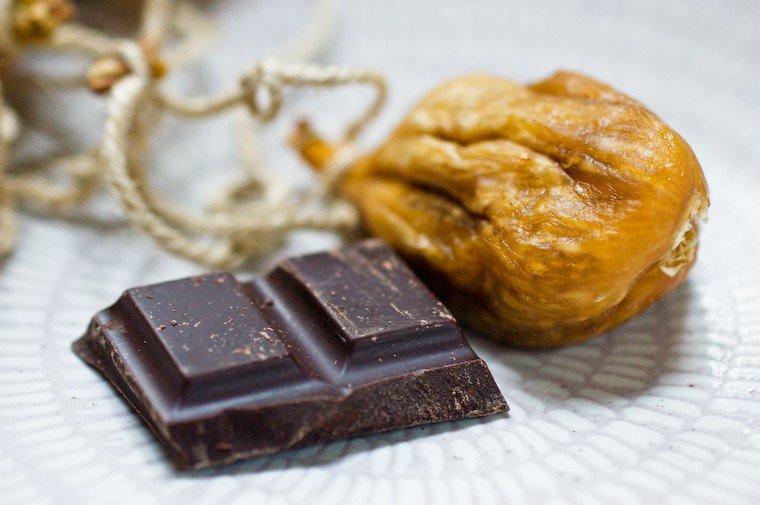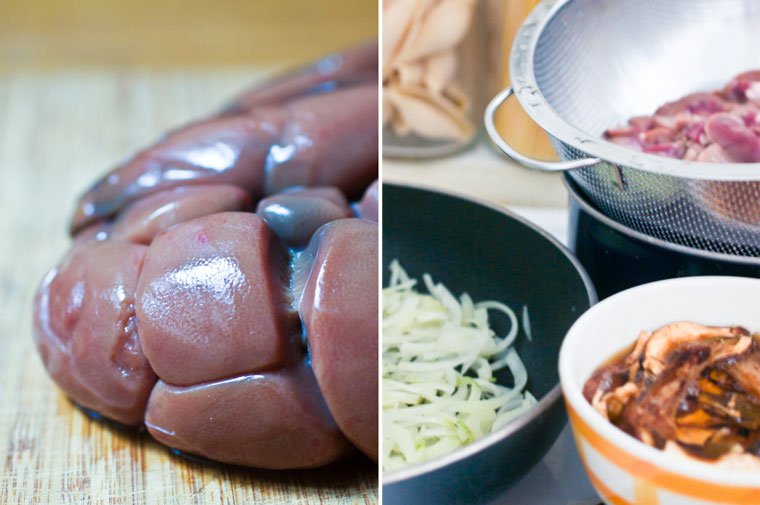Squeamish eaters, avert your eyes, and let me direct you here, here, or perhaps here.
For the others, those who don’t blanch at the mere mention of the words “tripe” or “beef tongue,” those who own a dog-eared copy of the nose-to-tail bible* or have it on their wishlist, here is the dish I made last weekend with the beef kidneys I’d bought from my organic butcher — an entirely uneventful visit this time, 100% free of any impulse to punch anyone.
I am an offal enthusiast myself, sweetbreads being my favorite, but this was my first time cooking anything more involved than liver, so a bit of online research was in order.
The offal fairies must have been watching over me from their flying udders, because things turned out very well in the end — an out-and-out success according to Maxence, the sauce dark and silky, the kidney slices springy but yielding.
This revealed that the kidneys of lamb and veal were milder, easier to deal with, and thus preferable to those of beef (fat lot of good that did me), but that the latter could be effectively tamed by a good dousing of vinegared boiling water (who wouldn’t). I also read that beef kidneys fared best in plats en sauce, i.e., dishes with a sauce component, but the handful of recipes I found couldn’t seem to reach a consensus on whether the kidneys should be boiled to death, or briefly seared.
I didn’t have all day, so I decided a brief searing would do.
I was a little nervous, for I rated my fiasco potential as a solid 8 on a scale of 1 to 10: I had never seen anyone cook a kidney before in my life, I was just about to launch into a relative improv, and, without getting too graphic, the smell of the raw kidneys, pre-blanching, was frankly off-putting (just think of what kidneys do for a living).
But the offal fairies must have been watching over me from their flying udders, because things turned out very well in the end — an out-and-out success according to Maxence, the sauce dark and silky, the kidney slices springy but yielding, their boldness supported by that of the mushrooms, but mitigated by the onions and the parsley — except for that one detail: rarely has my stove seen a less photogenic preparation, so you’ll have to make do with the work-in-progress pictures above.
* A masterpiece of cookbook writing, whether or not you ambition to roll your own pig’s spleen some day. I hear Henderson’s second book ain’t bad either.
Continue reading »








